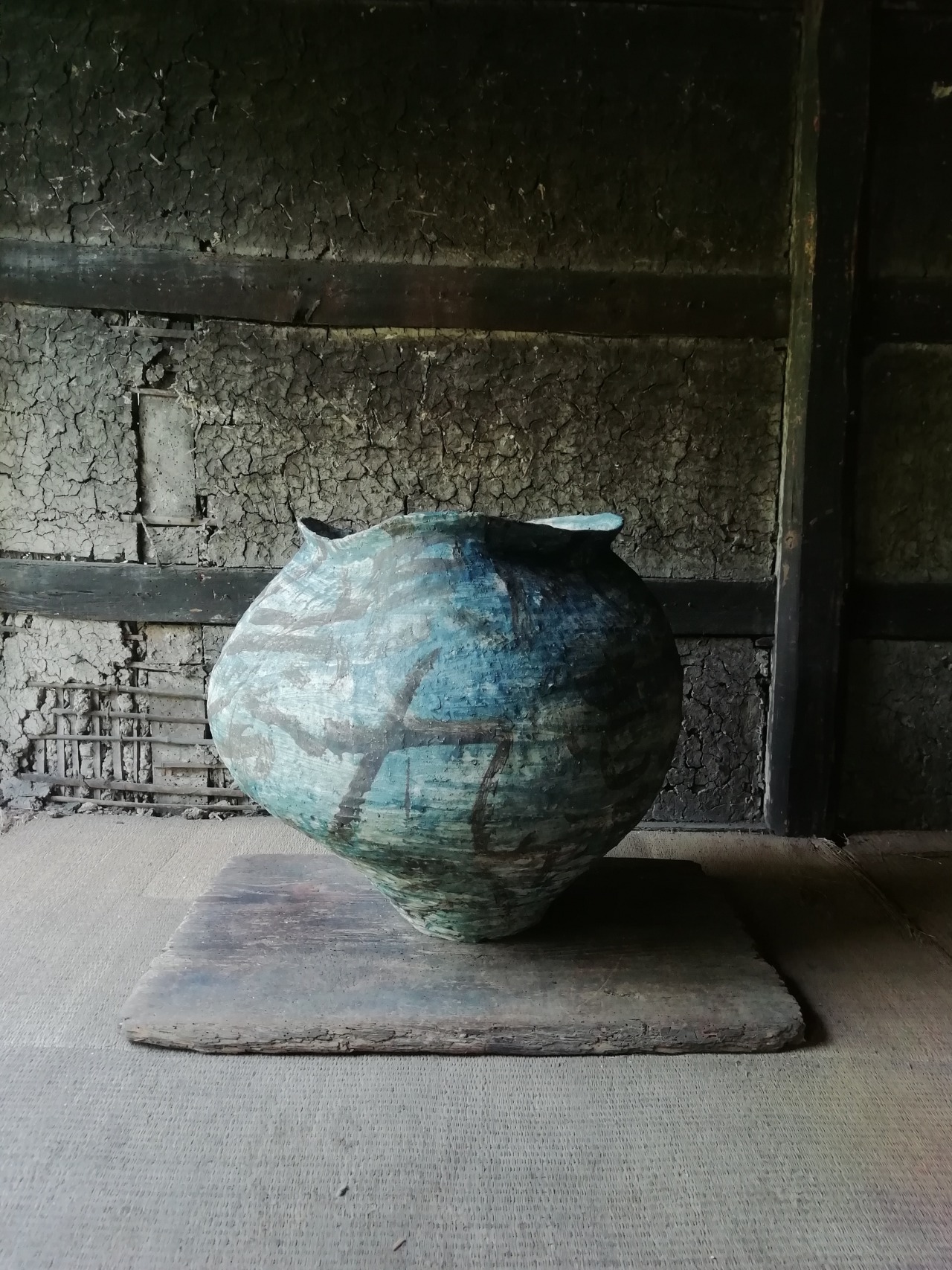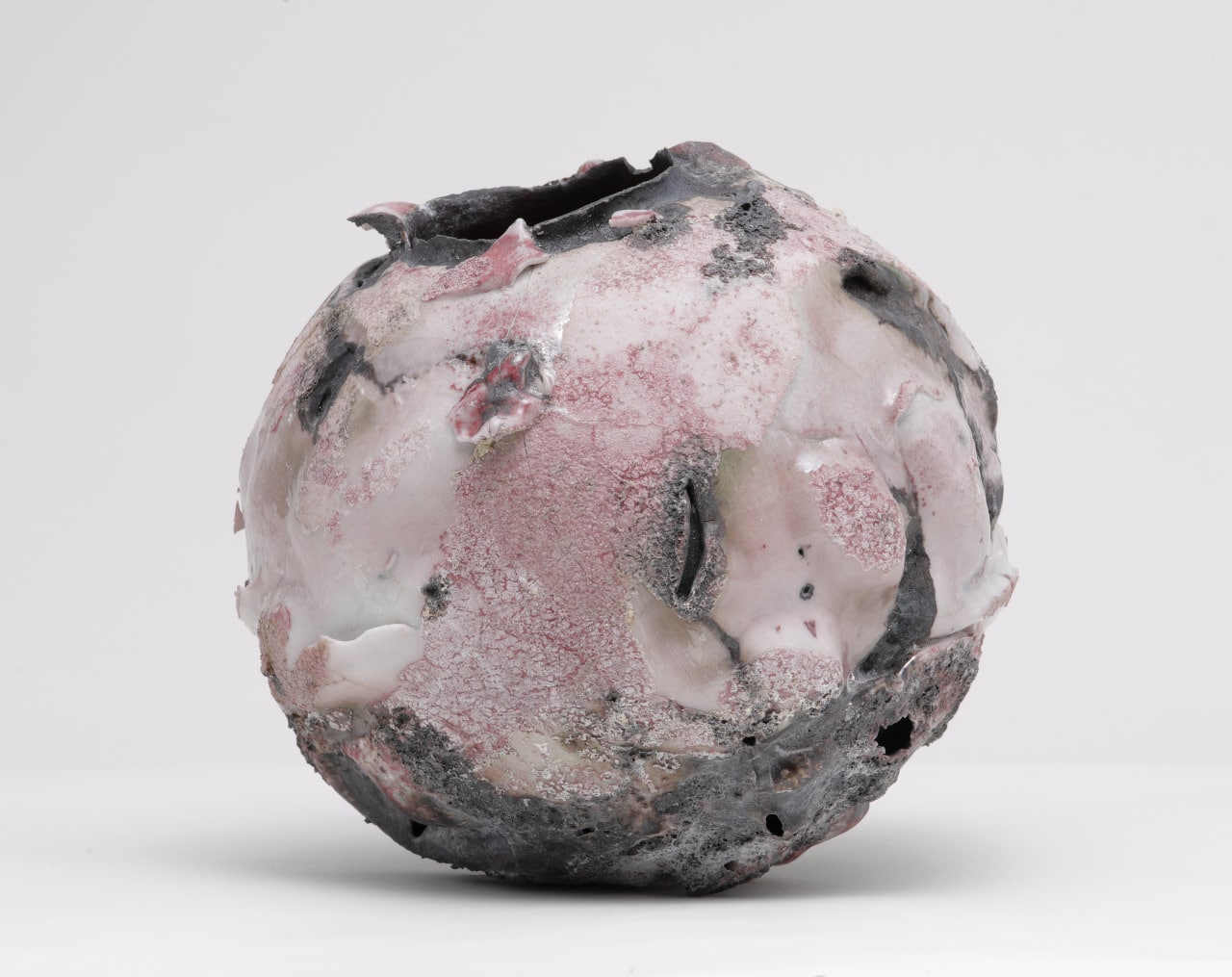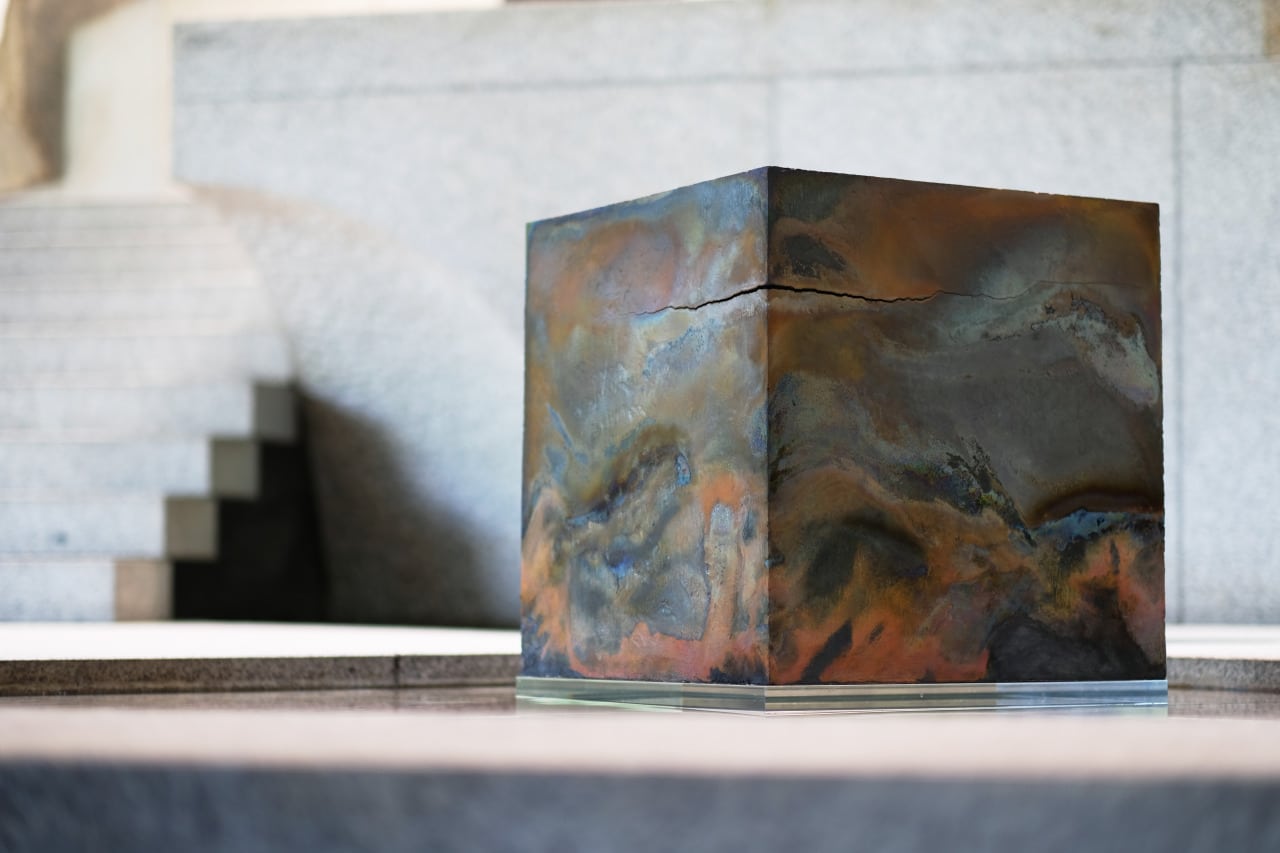#gallery-1 {
margin: auto;
}
#gallery-1 .gallery-item {
float: left;
margin-top: 10px;
text-align: center;
width: 100%;
}
#gallery-1 img {
border: 2px solid #cfcfcf;
}
#gallery-1 .gallery-caption {
margin-left: 0;
}
/* see gallery_shortcode() in wp-includes/media.php */
CRAFT: Six New-Generation Japanese Ceramic Artists to Watch
Japanese ceramics expert and gallerist Robert Yellin once told me that “ceramics are like living creatures”. Indeed, when on one late autumn afternoon I was walking around his Yakimono gallery in Kyoto, located in an old sukiya style townhouse, I felt that the objects around me were alive and breathing. They were all kinds of shapes, colours and sizes: earthen Bizen ware, large tsubo jars, bright turquoise porcelain vases and modest Raku tea bowls — each and every one of them with its own story, born from earth and fire and carefully moulded by human hands.
“Japanese pottery is an insular world that dates back to the beginning of mankind’s first ceramic vessel and one that flourishes to this day in flair and colour. Perhaps no other land has the depth, variety and cultural support of pottery as Japan”, writes Robert Yellin in his article. Thanks to a long and rich history, the magical world of Japanese ceramics encompasses a wide range of styles; yet it is the simple, rustic pieces that first made me fall in love with this craft.
Introduced to tea ceremonies in the 15th century by Zen monk Juko Murata, wabi-sabi aesthetics, or, finding beauty in imperfection, is an important aspect of Japanese culture, aesthetics and arts. Celebrated by ceramic artists for centuries, the wabi-sabi tradition has been continued by the new generation of contemporary artists, evolving in line with modern life and culture. With worldwide exhibitions from Kazunori Hamana and Yuji Ueda (and curated by Takashi Murakami), and fashion collaborations like the recent Loewe and Takuro Kuwata association, Japanese ceramics are living a Golden age. An impossible mission to choose a limited selection from so many, here are a few contemporary Japanese ceramic artists to watch.


Kazunori Hamana, Chiba prefecture.
Former vintage clothing shop owner in Harajuku, Tokyo, Kazunori Hamana now lives in Isumi, a small coastal city next to the Pacific Ocean where he creates large tsubo vases. A passionate fisherman and anchovy sauce maker, he is inspired by ocean, woods, nature and human history. Made of clay and then left outside to age with the forces of nature to finish the job, his ceramic works don’t only reflect traditional craftsmanship, but also the natural environment where they were born. The various shaped and sized pieces are finished with local materials such as metals and soil, while the natural cracks that appear due to the long sun and wind exposure are repaired by a local kintsugi artisan.
Photo credit ©️ Kazunori Hamana


Takuro Kuwata, Gifu prefecture
If there is a Japanese ceramics artist from the younger generation that has developed a very special and individual style, it’s Takuro Kuwata. Inspired by: Momoyama period ceramics, Northern European furniture and the London Underground, he is known for his unforgettable take on the traditional tea bowl (which looks anything but traditional). The irregular and organic shaped vessels are glazed with metallic gold, silver, bright blue, red and other colours and are often decorated with droplet shaped finishes. Each work is a particular expression of his feelings and totally unique.
You can watch his interview with Loewe here.
Photo credit ©️ TAKUROKUWATAINC


Yuji Ueda, Shiga Prefecture
No other Japanese contemporary ceramic artist represents the celebration of imperfection as well as the work of Yuji Ueda. Born into a family that owns a tea growing business in Shigaraki, known as one of the 6 ancient kilns in Japan, Yuji was introduced to the world of ceramics in his early years. After studying under the famous ceramic artist Yasuhisa Kohyama, he developed his own style and process. He built his own anagama kiln (“cave kiln”) where he fires a vast range of sizes (up to 2 meters) of irregularly shaped ceramic works and experiments with glazing.
Photo credit ©️Yuji Ueda/Kaikai Kiki Co., Ltd.


Keita Matsunaga, Gifu prefecture
Keita Matsunaga was born in Ichinokura which is known for its sake cup production and was raised by ceramic-artist parents. After studying architecture and taking influence from architect Sou Foujimoto, Matsunaga decided instead to pursue the path of a ceramics.
Naturally remaining inspired by architecture, he often uses plaster moulds to achieve the perfectly geometrical silhouette of his works. One series of sculptural works is inspired by the form of human hands scooping water, which is also the fundamental function of a vessel.
Photo credit ©️ Keita Matsunaga


Kazuhito Kawai, Ibaraki prefecture, Ibaraki prefecture
The wild and colourful world of Kazuhito Kawai is inspired by grotesqueness, the texture of clay itself, 90s Harajuku culture, fashion designers like Rei Kawakubo and John Galliano, contemporary artists such as Anselm Kiefer and impressionists like Monet.
After studying contemporary art at the Chelsea College of Art, followed by a stint as a businessman in Tokyo, Kazuhito chose to return to his hometown Kasama, known best for its ceramics. Working with clay and glazing has been a personal breakthrough for Kazuhito Kawai. He may have learned to be a potter, but his work can now be considered contemporary art; a very unique transmission of wabi-sabi itself.
Photo credit ©️ Kazuhito Kawai


Tomonari Hashimoto, Shiga prefecture
One of the finalists of the Loewe craft prize in 2019, Tomonari Hashimoto creates often very large (up to 2 m) geometrical clay artworks and finishes with metallic glazing. Thanks to the double firing, the end result is very organic and is an expression of various colours and textures. He grew up in Wakayama surrounded by art, as his father was a sculptor. He took inspiration from ancient culture and traditional architecture such as temples and shrines.
Photo credit ©️ Tomonari Hashimoto
About the Author:
Former supermodel and now world-food ambassador, Aiste Miseviciute has spent over ten years growing her international culinary platform, Luxeat. After her years modelling around the globe, she developed a profound interested in different cultures and cuisines, with a particular fondness for Japan. Now she is on a quest to promote and bring a deeper understanding of authentic Japanese culture, tradition and craftsmanship to Europe.



